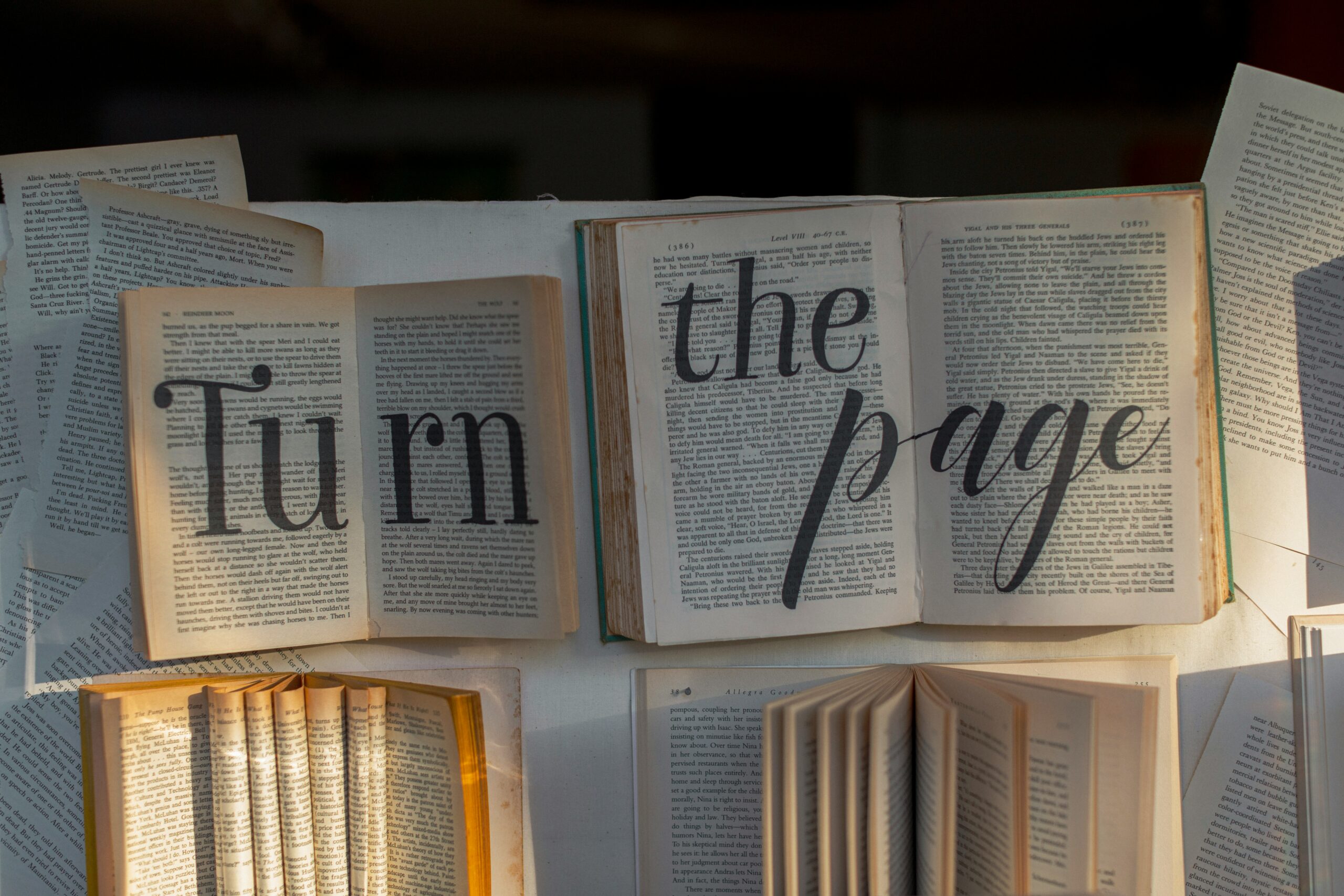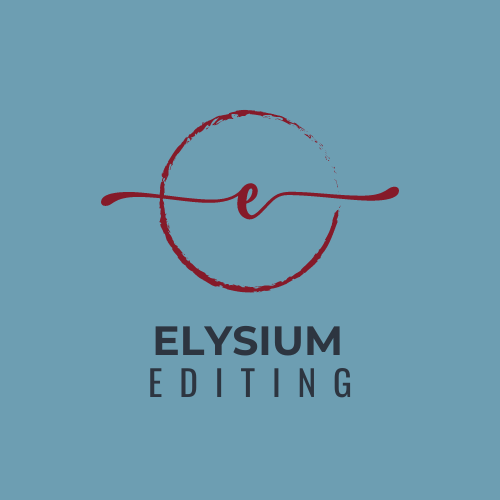
Photo by Daniel Schludi on Unsplash
Introduction
Ever find yourself diving into a brand-new topic out of nowhere? One moment you’re just browsing a bookshop or wandering through the library’s non-fiction aisles, and suddenly you’re captivated by something totally unexpected. I do and like to think Dr. Seuss is partly responsible for this: “The more that you read, the more things you will know. The more that you learn, the more places you’ll go,” he said. And he was right! But sometimes, you pick up a book that looks to be amazing, only to find it dense and hard to follow. It can be a letdown, especially in subjects like science, history, or philosophy, where complex ideas deserve clear, engaging language.
That’s where great editors step in! In non-fiction, making challenging ideas accessible without losing their essence is an art. Many authors worry that simplifying their work will dilute its value, but the truth is, readability enhances depth. Editors work magic by clarifying ideas, improving readability, and keeping the author’s original message intact.
Ready to see how even the toughest topics can become both rich and relatable? Here are the seven strategies we’ll be looking at in this post:
- Know what your readers already know
- Keep it simple, not too simple
- Bring ideas to life with analogies and examples
- Organize ideas in a clear, logical way
- Make it flow with smooth transitions
- Add visuals and smart formatting
- Keep the essentials, cut the fluff
1. Know What Your Readers Already Know
Writers should always ask: who’s reading this? Knowing your audience’s familiarity with the topic helps you adjust language, tone, and detail. For general readers, skip the heavy jargon—or explain it—but with experts, feel free to dive deep.
An editor’s fresh perspective can help spot places where you’ve assumed too much knowledge. By clearing up those sections, writers can keep readers engaged instead of losing them along the way.
2. Keep it Simple, Not Too Simple
Using clear language helps make content easier to understand without dumbing it down, and human editors are pros at spotting chances to do this well. They know when a simpler word can work just as well as a complex one—like saying “because” instead of “for the reason that.” To make writing feel more dynamic, editors often recommend using verbs instead of nouns, like saying “pay” rather than “make a payment.”
Editors also help writers introduce complex ideas gradually, so readers don’t feel overwhelmed.
You might wonder about readability tools like Flesch-Kincaid or in other editing software. While these tools give quick, objective scores, they can’t capture important elements like style, tone, and depth. Human editors bring a nuanced approach to refining content, keeping it readable and engaging.
3. Bring Ideas to Life with Analogies and Examples
One of the best ways to make complex or abstract ideas easier to understand is by using analogies, metaphors, and examples. These give readers a familiar “hook” to help them connect with the new idea.
Think of explaining cloud storage by comparing it to renting a storage unit. Instead of storing boxes of stuff in your home, you rent space elsewhere to hold it, which frees up space at home. Similarly, cloud storage lets you save files on remote servers instead of filling up your own device’s storage. You can access your “stuff” anytime without it taking up local space.
Editors make sure analogies like this don’t get overused or distracting. They help keep explanations sharp and relevant, so readers get the point without getting lost in extra details.
4. Organize Ideas in a Clear, Logical Way
A clear structure is key to making writing easy to follow. Without it, even simple ideas can get confusing. Certain formats—like a problem-solution setup or a step-by-step breakdown—make complex ideas easier to follow.
Writers should always start with an outline to organize their thoughts clearly. Editors help boost readability by suggesting things like bullet points, numbered lists, or subheadings to guide readers through the content and make sure everything flows smoothly without extra detours or repetition.
5. Make it Flow with Smooth Transitions
Good flow is essential for readability. Ideas should connect smoothly without sudden jumps that might confuse readers. Editors focus on transitions, adding phrases that gently guide readers along.
For example, phrases like “On the other hand,” “As a result,” or “In other words” help readers follow shifts in ideas. Without these, writing can feel choppy, making it harder for readers to stay engaged. A helpful tip is to read the text aloud (or use the “Read Aloud” function in your software to engage in a different way with the text); this can reveal any awkward or abrupt transitions. It’s a technique editors often use to ensure everything flows naturally.
6. Add Visuals and Smart Formatting
It’s often said that a picture is worth a thousand words, and visual aids can be incredibly useful for breaking down dense material. While charts, diagrams, and infographics do a great job summarizing information in an easy-to-understand way, I also appreciate the charm of hand-drawn illustrations. A simple, hand-drawn graphic can add a personal touch and bring interest to complex ideas.
Formatting plays a crucial role in readability, and editors often use MS Styles to make this process easier and more consistent. By applying styles like bold or italicized text or heading levels, editors can highlight key points and transform a wall of text into a visually engaging page that draws readers in.
7. Keep the Essentials, Cut the Fluff
One of the trickiest but most important parts of editing is keeping things concise without changing what the writer is trying to say. Being concise doesn’t mean cutting out useful information—it’s about getting rid of repetitive parts that dilute the main message. Editors help writers trim unnecessary phrases or words that don’t add anything valuable.
For example, instead of saying, “Due to the fact that we were running late, we had to leave early,” you could simplify it to, “Because we were running late, we had to leave early.” It’s quicker, still communicates the same idea, and cuts out extra words that don’t contribute.
Editors love suggesting tweaks like this to help writers get to the point faster, but we always make sure to strike a balance—removing redundancies and fluff without altering the writer’s intended meaning. Professional editors also double-check with writers to ensure the original message is still intact after the edit.
Conclusion
In non-fiction, making complex ideas easy to understand is all about balance. Writing for your audience, simplifying language, using examples, organizing and formatting content clearly, ensuring smooth flow, adding visuals, and cutting out unnecessary words all help make your writing more readable without losing depth. Great editing bridges the gap between heavy content and reader interest, so your audience can learn while actually enjoying what you’re sharing.
If you follow these tips—or work with an editor who gets them—you can turn even your most complex ideas into something engaging and easy to follow, reaching and resonating with a wider audience. Ready to take your writing to the next level? Let’s chat about how we can make your ideas shine!
Juanita Nieuwoudt is a line editor, copyeditor, proofreader and fact-checker who specialises in working with non-fiction and academic authors and other creators of educational content.
She is a professional member of IPEd (the Institute of Professional Editors) in Australia and a member of the EFA (Editorial Freelancers Association) in the USA.
Get in touch via Elysium Editing
Connect via LinkedIn
Share this post in your favourite spaces!
